Serif vs Sans Serif Fonts
Typefaces reveal to you a great deal about what you’re seeing. Type in a logo, for example, can sign you into an organization’s history and the disposition it’s attempting to pass on. Type in commercials can quietly demonstrate the sort of group of spectators an advertisement is attempting to reach, and type on book spreads and film blurbs can show classification. It is difficult to locate the right font for a specific undertaking, however, one approach to start the procedure is to choose whether serif or sans serif typeface is increasingly suitable.
Choosing the right font is one of the most important things designers need to consider to set the right tone of their site. A poor decision would send an inappropriate message; while a fitting one makes certain to expand visitor lucidness over 50 percent. Your most important typographic choice is what will be the principal font you use on your pages as this font will establish a visual pace for your pages. While there is an assortment of enhancing fonts that look great as features, for this fundamental font, you should pick between a serif or a sans serif body content font.
Table of Contents
What are Serifs?
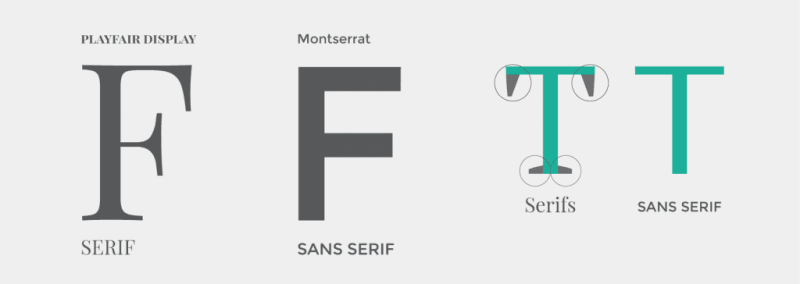
Serifs are the little lines connected to letters. Their causes are a riddle; one theory recommends they emerged when copyists utilizing brushes or plumes left little checks with the composing actualize as they completed each stroke. This advanced into intentionally including littler strokes in progressively customary, sly ways, and those enhancing strokes turned into a normal piece of the letters.
When to Use Serif Fonts
These fonts can look definitive, proficient, and recommend the heaviness and looks amazing. Some of the serif typefaces like Times New Roman are reminiscent of typewriters’ old style — The New York Times and other respectable establishments that have existed for over a century still use this font.
When to use Sans Serif Fonts
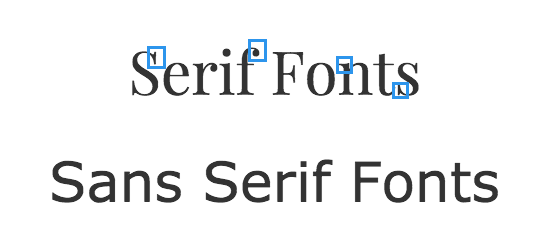
While some more established composing is without serif. Futura in earlier 1928 got one of the principal prevalent sans serif fonts and other typefaces like Helvetica soon pursued. Sans serif typefaces were dubious when they originally appeared and were sometimes called “bizarre” typefaces. Be that as it may, when pioneer fashioners like the Bauhaus development grasped sans serif typefaces, they became associated with front line plan, business, and innovation’s endeavor to break with the past.
That association still holds; for instance, Todd uses sans serif for a comic book set in a contemporary, cosmopolitan, and design situated Los Angeles. Notwithstanding, sans serif typefaces can also inspire today’s handwriting, which is feeling the loss of the additional strokes that were a result of the brush or plume.
Sans serif fonts also function admirably where there’s next to no space for a duplicate. Signs, the message in applications, and names on maps will, in general, be sans serif. (There are special cases, obviously. Some sans serif font families, like Arial, are intended to function as body duplicate — content that continues for in excess of a sentence or two.
Myths and Rumors
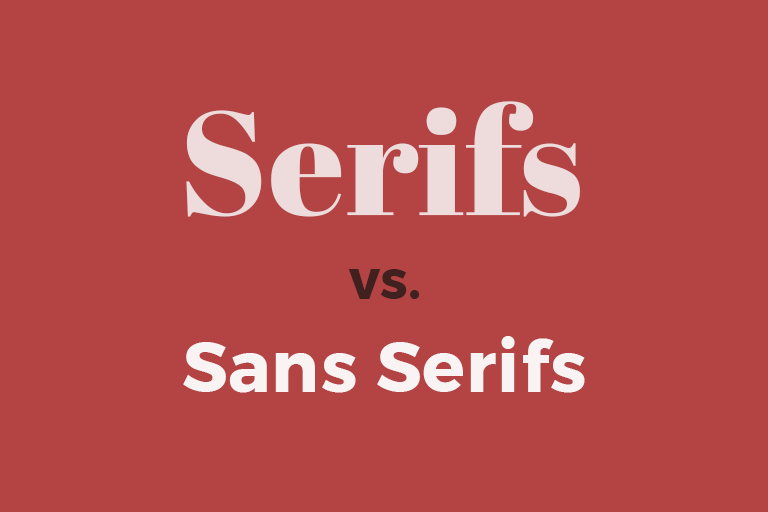
The issue with choosing one of these two typefaces is amplified by the entirety of the distinctive letter structures. In Past, some of these myths and rumors may have held some trustworthiness, current distributing methods (printed and on the web) have limited the hole among serif and sans serif typefaces and coherence. In numerous examples, lucidness concerns are not founded on the sort class yet rather the genuine typeface and its application.
Why Is Choosing the Right Font so Important?

It’s tied in with choosing an “outfit” that accommodates your brand. Some fonts are increasingly easygoing and expressive, while others are progressively buttoned up and held. Choosing an inappropriate font can totally change the personality of your brand along these lines giving individuals an inappropriate impression about your organization.
In the model beneath, you can see that by simply changing the font on these notorious logos to Comic Sans the personality and feel of these brands totally change. Brands that looked perfect and refined presently look adolescent and lively.
That is the reason for choosing a font that praises your brand is so critical. You need to ensure individuals have a precise view of your organization. So where would it be a good idea for you to begin with choosing a font? Before you can pick a particular font, you have to understand the various classifications of fonts. While there are a ton of various classes, for example, content, show, Gothic, the two primary classifications are serif and sans serif.
Serif versus Sans Serif: What’s the Difference?
Understanding the difference between these two classifications will assist you with beginning narrowing down which one is right for you. Luckily, perceiving the difference between the two is entirely simple. A serif is an improving stroke that polishes off the finish of a letter stem (sometimes also called the “feet” of the letters). The serif font is progressively elaborate and has serifs stretching out from the finishes while the sans serif font on the left has perfect and exact closures.
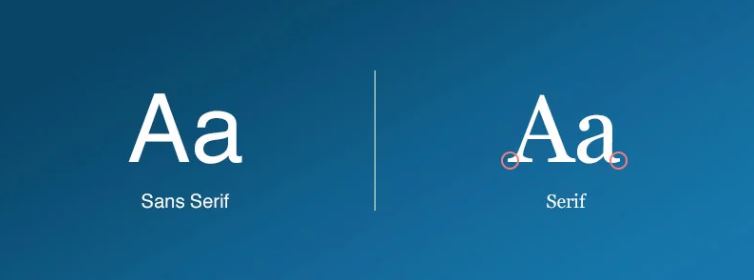
Both of these styles have their very own novel personality and convey altogether different messages. That is the reason it’s important to understand each style and ensure you’re choosing a font that lines up with the message you need your brand to convey. Now since we have the understanding of the difference between both the should plunge further into the foundation and brain science of font.
Serif Fonts Say Traditional, Established, and Trustworthy
Serif fonts have a history that dates right back to the eighteenth century when stonemasons would cut letters into the rock. Today, we see a ton of serif fonts in traditional mediums, for example, papers, magazines, and books. That is the reason serif fonts are commonly observed as progressively great and refined and are used by organizations that need to ooze these characteristics.
As referenced over, the most outstanding attribute of serif fonts is their brightening tails and strokes. Serif letters also generally use strokes that fluctuate in weight meaning some areas of a letter might be thick while others are slim.
What Does a Serif Font Say About Your Brand?

The unmistakable attributes and history of serif fonts give individuals a sentiment of tastefulness, certainty, and trustworthy. This normally takes them a solid match for organizations that need to show up increasingly trustworthy, established, and genuine. Proficient organizations, for example, law practices, editorials, and insurance agencies are altogether instances of organizations that a serif font would be a decent decision for.
How about we investigate some serifs in real life.
Dawson | Orr

Dawson | Orr is a Florida-based law office that has more than 60+ long periods of experience. They use a serif font to show individuals that they are experienced and learned when it comes to helping them with their prosecution needs. The use of serif in their logo and headers gives you the inclination that their group is established, instructed, and going to pay attention to your case.
The New York Times

The New York Times is an ageless distribution that has been around since the 1850s. From their logo to the fonts used in their articles, they use a serif font to give individuals the sentiment of convention and reputability. Serifs are also traditionally associated with print newspapers so their use of this font also makes a feeling of custom and believability.
Present-day, Approachable, and Clean
Sans serif fonts, then again, impart a totally extraordinary message. While serif fonts center intensely around grasping convention and history, sans serif fonts adopt the contrary strategy and grasp effortlessness and the sentiment of being current.
The primary qualities of serif fonts are their absence of serifs and the use of straightforward, clean lines that are similar width all through. The perfect, fresh lines of sans serif fonts are the principle reason many website specialists incline toward this style of font for on-screen use. The spotless lines and sharp edges are ready to render out more unmistakably on a screen which builds readability for users.
What does Sans Serif Tell About Your Brand?
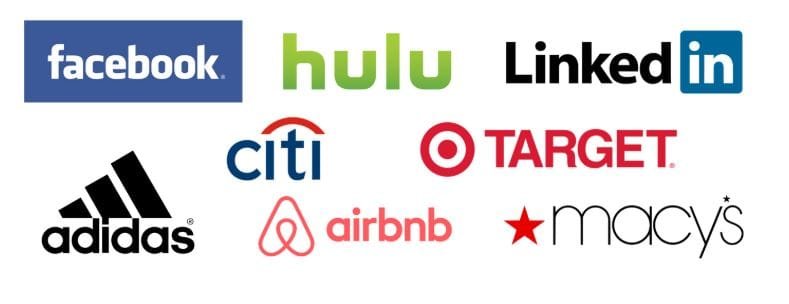
These fonts emit a sentiment of being easygoing, casual, inviting, and entirely receptive. Organizations that need their brands to show up increasingly young and relatable will in general use sans serif fonts. These characteristics make sans serif fonts are a famous decision among many beginning up and tech organizations who need to give individuals a feeling of being forefront and increasingly humanistic.
Examples of Sans Serif Fonts in Design:
Wix

On the off chance that you work in the computerized promoting world possibilities are you’ve known about Wix. They’re a cloud-based CMS that makes it simple for individuals to construct sites. Wix needs individuals to realize that their item is anything but difficult to use, offers extraordinary customer backing, and makes making a site fun, and they achieve that with their font decision.
By choosing a spotless and adjusted font, they give individuals a sentiment of unwinding and agreeability from the subsequent someone collaborates with their brand. Making a site is never again scary.
HubSpot
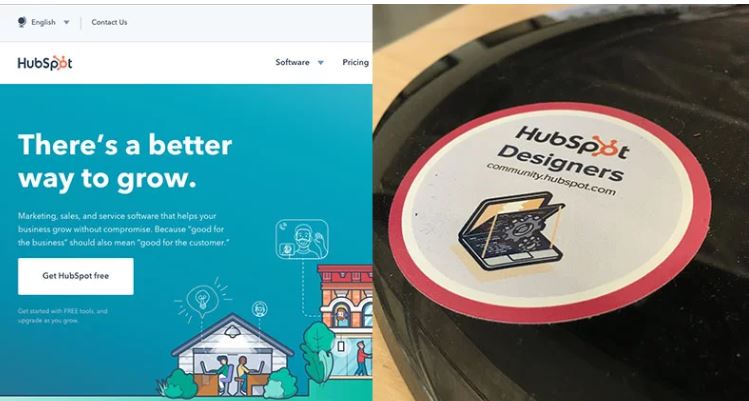
HubSpot is another case of an organization that uses a sans serif font in their branding. The adjusted and clean appearance of their logo and site fonts give individuals comparative sentiments of invitingness and congeniality. This young font adapts its brand and makes their organization progressively relatable.
Sans Serif or Serif – So, Which One Should You Use?
You have to pick a font that is heading off to that passes on the right message and encapsulates your brand’s personality. It’s distinctive for each organization. For instance, an in vogue tech organization, for example, Uber needs their brand to pass on a vastly different message than an increasingly buttoned-up organization like The New York Times.
Prior to beginning your quest for a font, brainstorm some of the characteristics and qualities of your brand. Also, consider the medium wherein individuals will cooperate with your organization. This will give you a guide to pursue when inquiring about fonts. You would then be able to check any potential fonts against your brainstorm rundown to ensure it fits those characteristics and uses cases.
Keep in mind, a font can radically change the manner in which your brand is seen by individuals. Apple is an intriguing case of this. At the beginning of Apple, the tech monster basically used a serif font in its branding before, in the long run, changing to a progressively present-day looking sans serif font
Pick the Font That Exemplifies Your Brand
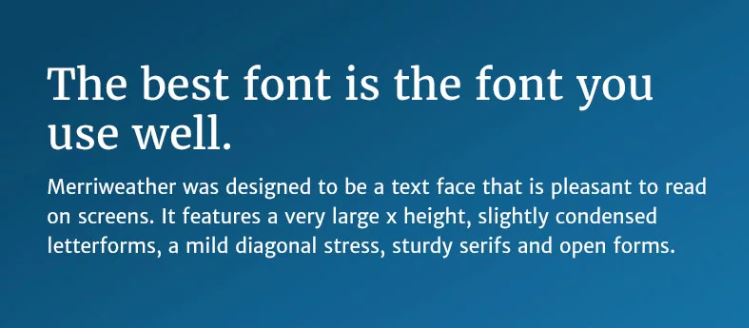
Choosing a font for your brand is the most important thing. It’s tied in with finding a font that will give individuals the right early introduction and keeps on encapsulating the characteristics of your brand. While there’s nobody size fits all solution to picking the right font for your brand, there are some broad rules you can pursue to assist you with settling on the right decision:
1. Try not to Overload Your Brand With Too Many Fonts
It very well may be anything but difficult to need to pick a ton of fonts to use in your designs, however doing so can really hurt your brand. A dependable guideline to pursue when choosing fonts is to adhere to one to three unique fonts. Anything else than that and your designs will start to look jumbled and you’ll run into the issue of the various fonts beginning to contend with one and another.
2. Pick Fonts That Have the Right Amount of Contrast.
Choosing multiple fonts for your brand can be a viable method to make a chain of importance in your designs. Be that as it may, choosing two fonts that have the right measure of contrast while as yet cooperating can be dubious.
Online design tool Canva recommends discovering fonts that have a shared quality. For instance, perhaps two fonts that have comparable letter tallness or width or fonts that are made by a similar designer. These fonts were both made by a similar designer so they share a lot of comparable characteristics in the dispersing and states of the letters that help the fonts feel increasingly related.
3. Search for a Font With Multiple Weights and Styles

A font that has multiple weights and styles, (for example, light, semibold, intense, and so forth) makes the font progressively flexible and enables you to convey various messages all through your designs with a solitary font.
4. There are no Hard Set Rules.
Organizations that are progressively traditional don’t have to adhere to just serif fonts and tight clamp Versa. While serif fonts are associated with being increasingly traditional and sans serif fonts are regularly progressively present day, there are consistently exemptions to the standard. It’s about HOW you use the fonts.
